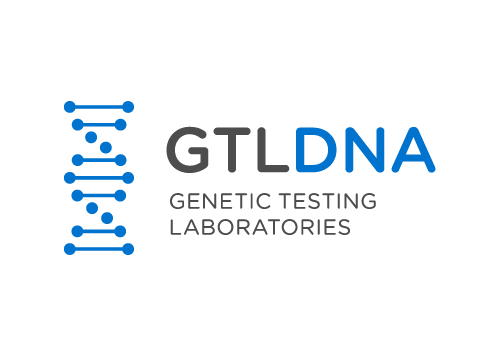DNA stands for deoxyribonucleic acid, and DNA makes up the bulk of our chromosomes. DNA is often referred to as acting like the body’s blueprint or set of cellular instructions. Each strand of DNA looks like a twisted ladder, or “double helix.” Base pairs of adenosine, thymine, cytosine and guanine make up the rungs of the ladder, and the number of base pairs determines the length of each DNA strand. DNA can be found in a cell’s nucleus (nuclear DNA), and in smaller amounts in a cell’s mitochondria (mitochondrial DNA, or mtDNA). While each person’s nuclear DNA is composed of information half of which is inherited from the mother and half from the father, all mitochondrial DNA in humans (both in males and females) is inherited from the mother. DNA can be used by scientists to help determine parentage, as well as a wide range of other information about the source of the DNA. Mitochondrial DNA is particularly useful in making determinations about maternal or female bloodlines.
